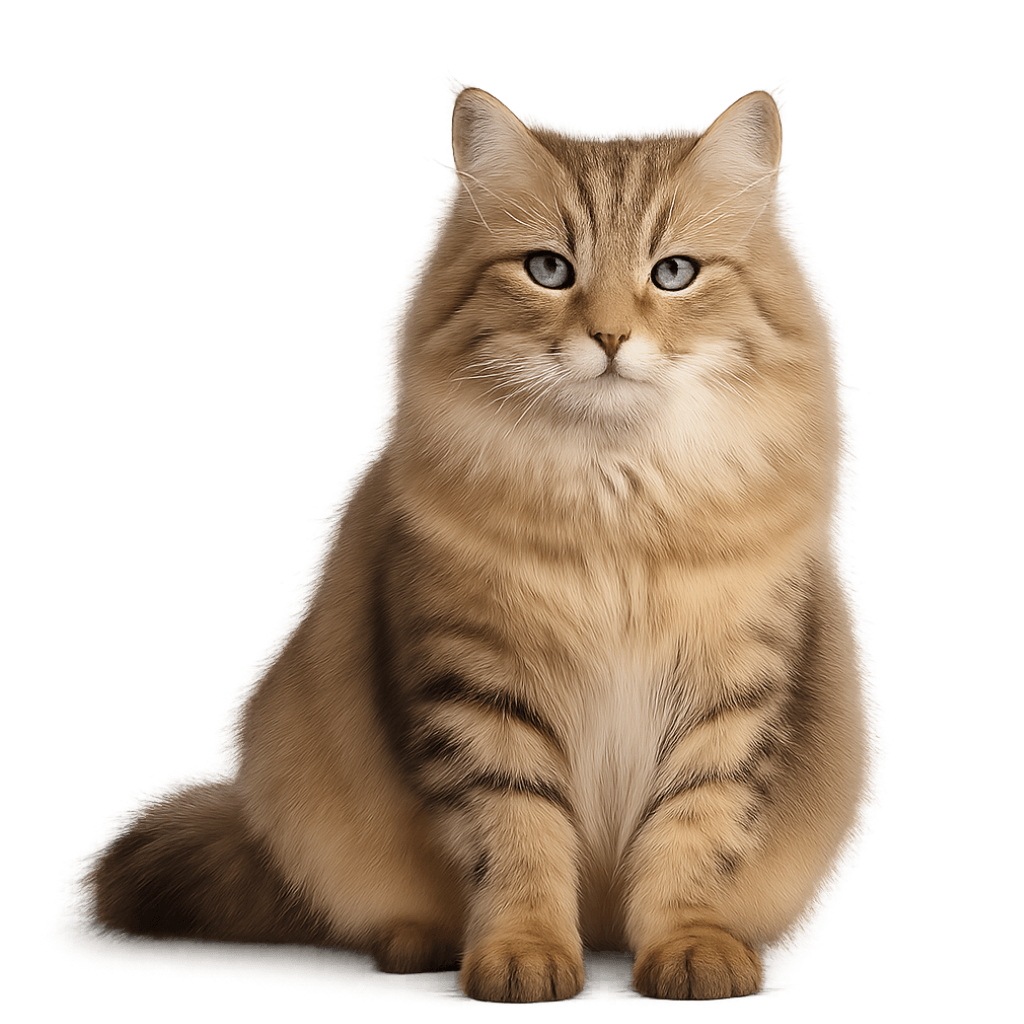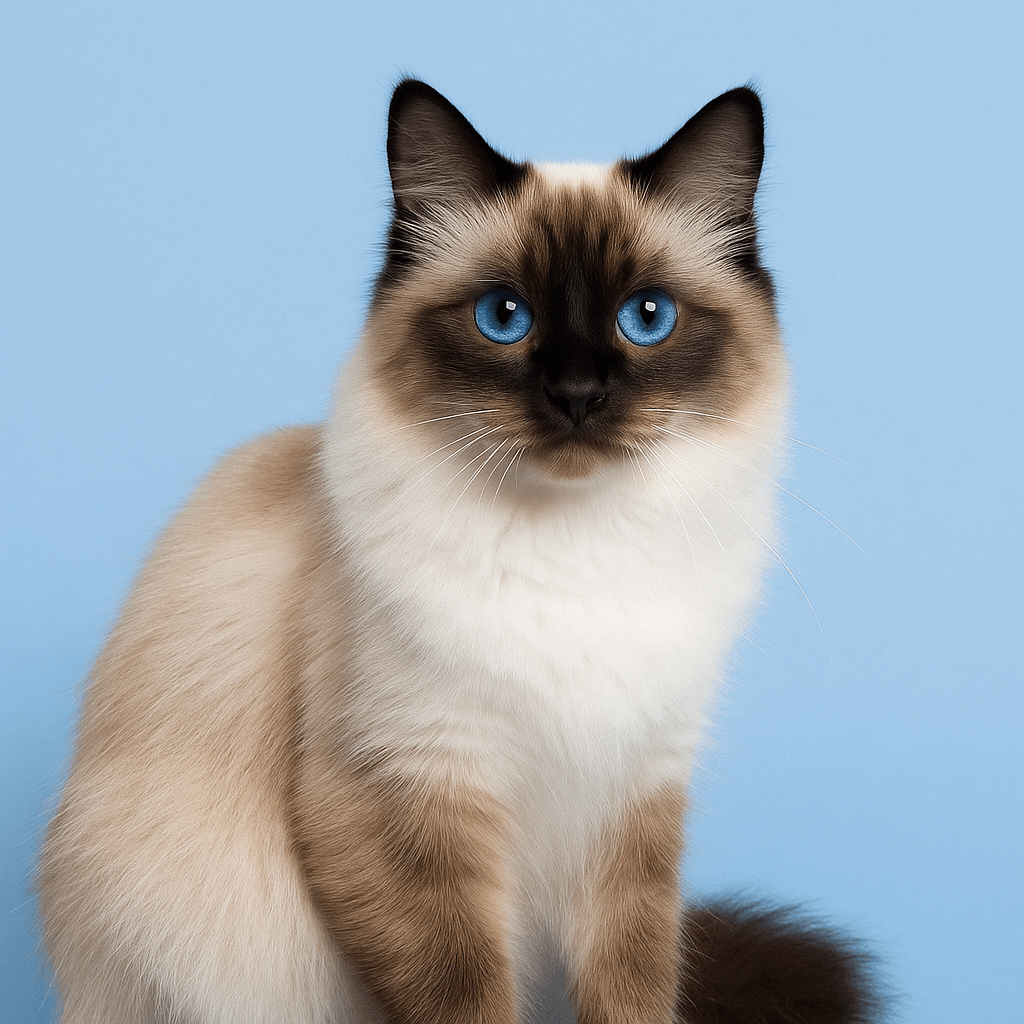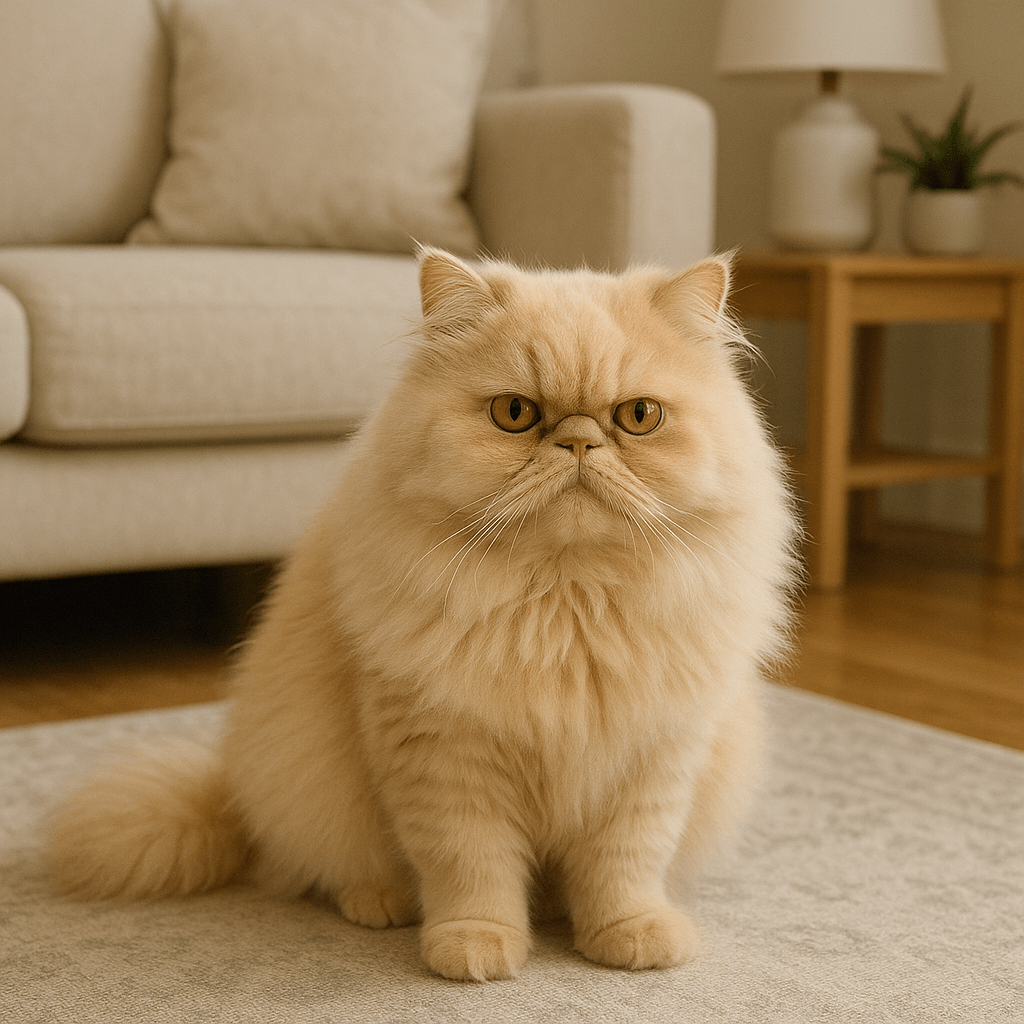
🧡 Siberian cat – a wild spirit with the heart of a home companion
📜 Origin and history of the breed
The Siberian cat is a natural treasure of Russia – proud, independent, and yet incredibly devoted. The breed has existed for centuries, descending from wild cats that inhabited the harsh Siberian landscape. The first mentions of these cats appear in Russian fairy tales and legends – as guardians of the home, bringing good luck and peace.
Modern breeding began in the 1980s, and Siberian cats quickly gained recognition around the world – for their majestic appearance, hardiness, and the extraordinary bond they can form with humans.
🧠 Character and temperament
The Siberian cat combines fierce independence with domestic tenderness. It is intelligent, active, and very curious – it loves climbing, playing, and... human contact.
What makes it stand out?
-
balanced temperament – a perfect balance between independence and sociability;
-
a strong bond with its caregiver – it can be sensitive, loyal and always ready for a cuddle;
-
high intelligence – quickly learns the rules at home;
-
wildness with a hint of gentleness - loves exploration, but returns to its knees;
-
tolerates solitude well – but definitely prefers company.
The Siberian is a cat that walks its own path... but will always find a way to your heart.
📏 Appearance and special features
The Siberian cat makes a huge impression – it looks like a small lion, and its fur seems to have been created by nature itself to survive the harshest winters.
-
Body shape : strong, muscular, well-built – a “three-dimensional” cat;
-
Head : broad, slightly rounded, with strong cheekbones;
-
Eyes : large, slightly oval – colors from green to gold;
-
Ears : medium-sized, with characteristic tufts at the ends;
-
Coat : semi-long, dense, three-layered – with a fluffy undercoat and waterproof topcoat;
-
Tail : long, very fluffy – like a squirrel's.
This is a cat that looks regal – wild in appearance, but with the heart of a companion.

🩺 Health and prevention
The Siberian is a natural, hardy, and generally very healthy breed. However, like any cat, it requires care and regular inspection.
Common health issues:
-
low tendency to HCM (hypertrophic cardiomyopathy) – it is worth monitoring the heart;
-
rare food allergy – but tolerates high-protein diets well;
-
high resistance – it is not afraid of drafts and low temperatures.
What's worth doing:
-
provide him with a good quality diet – preferably high in meat;
-
visit your vet regularly;
-
take care of exercise – Siberian needs space and play;
-
check the coat during the moulting period.
🛁 Care
Although the Siberian's coat is thick and fluffy, it doesn't require daily brushing. Nature has ensured its self-cleaning properties.
-
combing : 1–2 times a week (more often during shedding);
-
baths : rarely – his coat is naturally resistant to dirt;
-
claws and ears : standard care every 2–3 weeks;
-
eyes : wipe for minor dirt.
The Siberian's coat is its pride and joy – it needs to be cared for, but not excessively.
🧠 Training and fun
This cat is active, clever, and eager for challenges. It needs play, climbing, and new stimuli.
-
favorite toys : tunnels, mice, scratching posts with shelves;
-
obstacle course : the more levels and hiding places, the better;
-
interactive games : fetch? Why not! Siberian can surprise;
-
learning commands : possible – responds to name, can walk on a leash.
This is a cat with character – it won't get bored quickly if you give it space to act.
🏡 Siberian cat at home
The Siberian cat does well in houses with a garden, but also in apartments – provided you provide it with scratching posts, shelves and time.
With children, he's patient, gentle, yet independent. He gets along well with dogs, as long as they're not too pushy. With other cats, he's usually peaceful, as long as he has his own space.
This is a cat for active people, families with children, but also singles – it is looking not only for a home, but also for a real partner in everyday life.
💤 The perfect place to sleep
A Siberian cat will appreciate any spot with a good view—a high shelf, a hammock on the radiator, or a windowsill with a pillow. And when night comes? They'll often choose a spot near you—but not necessarily on your lap 😉




 https://petto.com.pl/
https://petto.com.pl/